Senegal is a country on Africa’s west coast with a rich French colonial heritage and many natural attractions. Dakar, the capital of Senegal, features the ancient Medina district and the esteemed Musee Theodore Monod, which primarily displays African art. Take a look below for 30 fascinating and interesting facts about Senegal.
1. Senegal is bordered by Mauritania in the north, Mali to the east, Guinea to the southeast, and Guinea-Bissau to the southwest. Senegal also borders The Gambia, which is a country occupying a narrow sliver of land among the banks of the Gambia River, which separates Senegal’s southern region of Casamance from the rest of the country.
2. Dakar is the capital and biggest city of Senegal. It’s located on the Cap-Vert peninsula on the Atlantic coast and is the westernmost city in the Old World as well as on the African mainland.
3. A lot of Senegal is covered in rolling, sandy plains which is thanks to the western Sahel. The western Sahel is a transition zone between the Sahara Desert and the Sudanian Savannas.
4. The best beaches in Senegal are found in Cap Skirring and Dakara. Cap Skirring is located in southern Senegal in the Casamance region of the country. The beaches in Cap Skirring are massive and undeveloped, even during high tourist season.
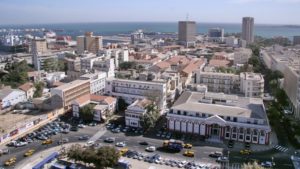
5. There’s a network of protected areas in Senegal that covers about 25% of the country’s territory. It’s made up of 6 national parks and other types of protected areas.
6. The Niokolo-Koba National Park is one of the protected areas in south eastern Senegal. It was established as a reserve in 1925 but was declared a Senegalese national park on January 1, 1954. It was expanded in 1969, and inscribed as a World Heritage Site in 1981 as a UNESCO-MAB Biosphere Reserve.
7. The name “Senegal” comes from the 16th century when the Portuguese visited the country’s coast and the fisherman said “sunu gaal,” which translated into, “there are our boats.” The Portuguese didn’t understand the fisherman and simply named the land Senegal.
8. The French, Portuguese and the British all had a presence in Senegal. The French came in the 15th century and settled at the port of St. Louis.
9. Senegal’s location towards the west coast made it a hub for the international slave trade of the 18th and 19th century. Goree Island in particular became a major transit point of the Atlantic Slave Trade.
10. The House of Slaves and its iconic “Door of No Return” is a melancholic reminder of Senegal’s tryst with the slave trade history.
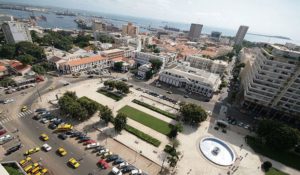
11. In 1982, Senegal merged with Gambia to form Senegambia. However, apart for the unification of the names, nothing else changed. The two countries still maintain borders and neither really care to unify with each other.
12. Senegal is the only country in West Africa that wasn’t overrun by a military coup. Its democratic stability has earned it many allies in Europe and the Americas.
13. The Place de l’Obelisque is the epicenter of the entire country. The central plaza of Dakar and all the important moments of Senegal’s modern history passed through there.
14. Senegal was a pivot for the Negritude, which was a literary movement in the 1930s and 1950s. The movement started in Paris and it had many notable Senegalese people who later spearheaded the decolonization of Africa.
15. Senegal’s national flag has three colors; red, yellow and green. They’re the official Pan-African colors and a star in the middle represents universal unity.
16. The island of Goree lies off the coast of Senegal, opposite Dakar. From the 15th to the 19th century, it was the biggest slave trading center on the African coast. Ruled in succession by the Portuguese, Dutch, English and French, its architecture is characterized by the contrast between the grim slave-quarters and the elegant houses of the slave traders.
17. Founded as a French colonial settlement in the 17th century, St. Louis was urbanized in the mid 19th century. It was the capital of Senegal from 1872 to 1957 and it played an important cultural and economic role in the whole of West Africa.
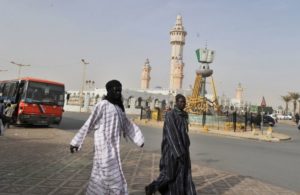
18. The Stone Circles of Senegambia are in The Gambia, north of Janjanbureh and in central Senegal. The site is made up of four large groups of stone circles that represent a concentration of over 1,000 monuments in a band of 100 kilometers, or 62 miles, wide along some 350 kilometers, or 220 miles, of the River Gambia.
19. The Bassari Country and its Bassari, Fula and Bedik cultural landscapes, is located in the southeast of Senegal. It’s a well-preserved multicultural landscape which has been added to the UNESCO list of World Heritage Sites.
20. The African Renaissance Monument is a 49 meter, or 161 feet, tall bronze statue located on top of one of the twin hills known as Collines des Mamelles, outside Dakara. It’s the tallest statue in Africa.
21. The African Renaissance Monument was built overlooking the Atlantic Ocean in the Ouakam suburb and it was designed by the Senegalese architect Pierre Goudiaby, after an idea presented by president Abdoulaye Wade. The statute was built by Mansudae Overseas Projects, which is a company from North Korea.
22. Archaeological findings throughout the area show that Senegal was inhabited in prehistoric times and has been continuously occupied by various ethnic groups.
23. French expansion into the interior was opposed by various Muslim tribes. They were eventually defeated by the French and the French stakes their claim to French West Africa at the Berlin conference of 1884 and 1885.
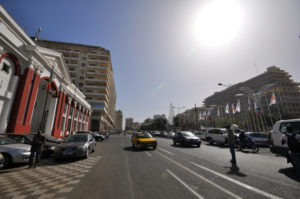
24. With its stable democracy, Senegal remains the only country in West Africa to never have experienced a military coup.
25. Senegal is a secular state. Islam is the predominant religion in the country, practiced by approximately 94% of the country’s population. The Christian community, at 5% of the population, are mostly Roman Catholics.
26. Wrestling is Senegal’s most popular sport and has become a national obsession. Soccer and basketball are also popular.
27. The country hosted the Paris-Dakar rally from 1979 until 2007. The last race was held in 2007, before the 2008 rally was canceled a day before the event due to security concerns in Mauritania.
28. In Senegal, taxis have tails. An artificial tail made of goat or sheep hair is hung inside or outside the taxi as it’s supposed to bring good luck.
29. Griots are the traditional storytellers, singers, poets, musicians, and oral historians. They have been known for their oratory and lyrical skills.
30. The Senegalese coast was the filming backyard of the French movie industry. From 1960 to 1970, Senegal saw a massive boom in the film industry.

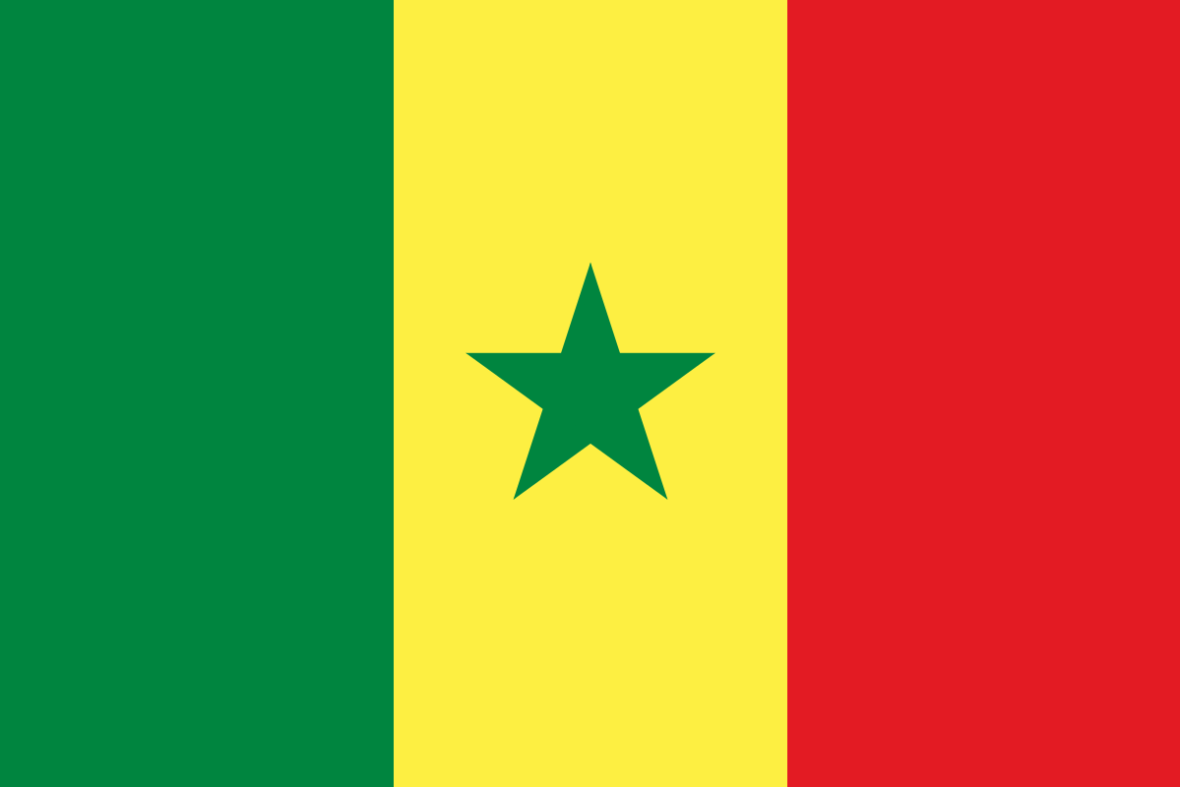
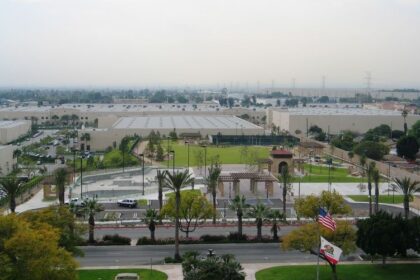
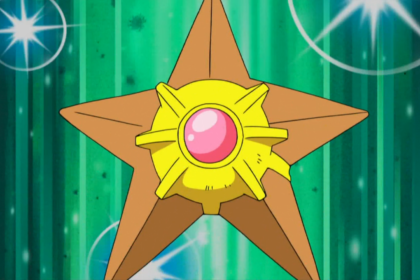
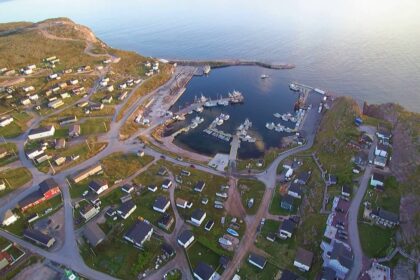
2 Comments
Pingback:
February 5, 2018 at 2:24 pmPingback:
February 6, 2018 at 2:24 pm